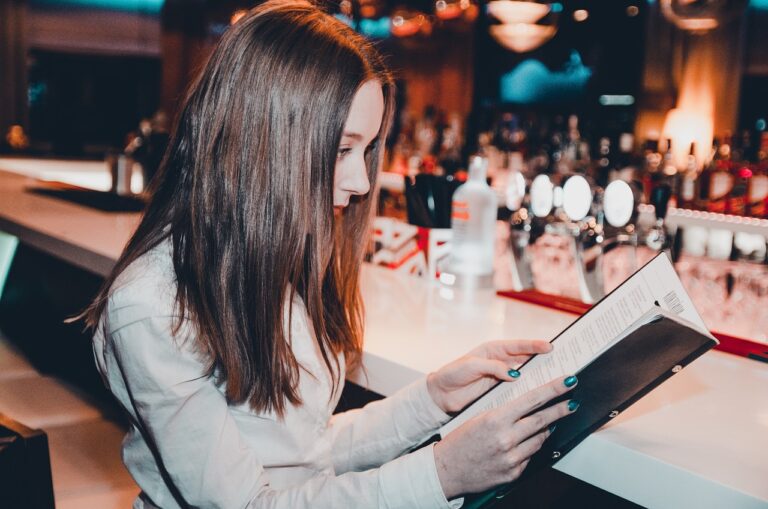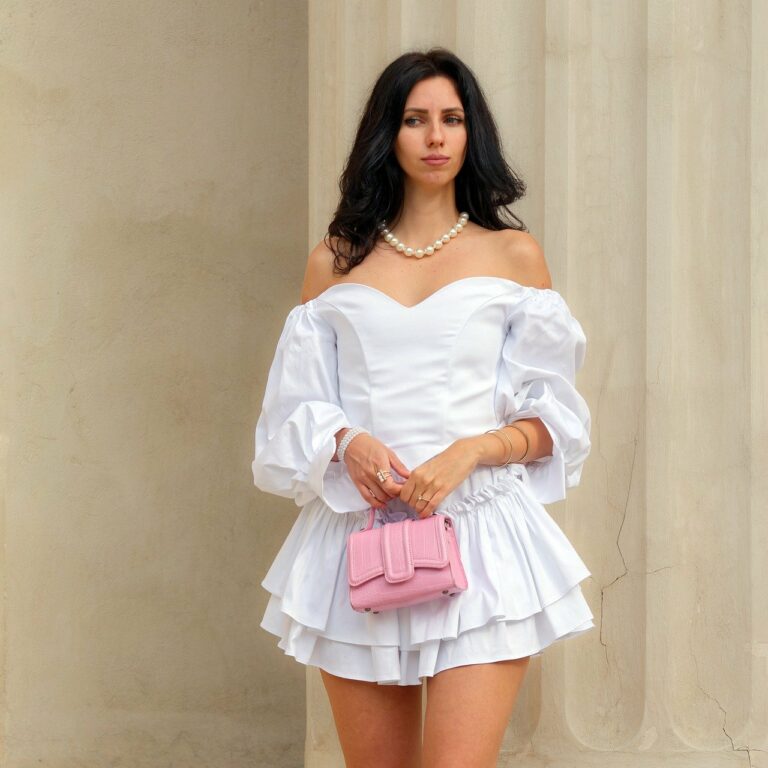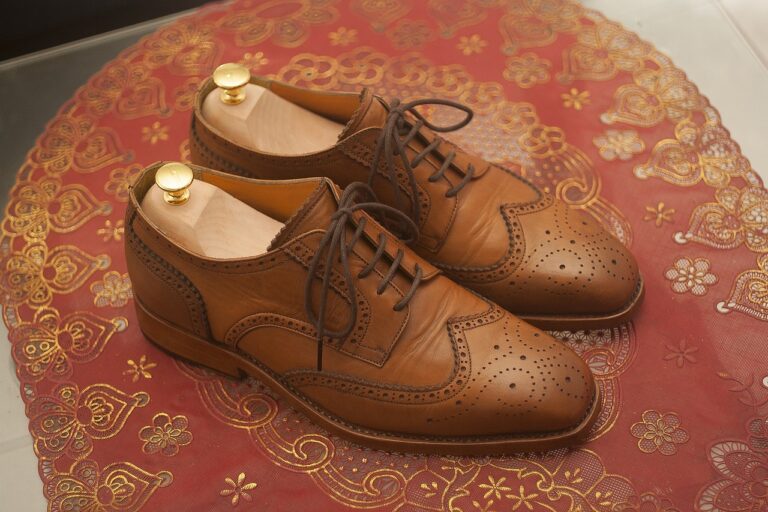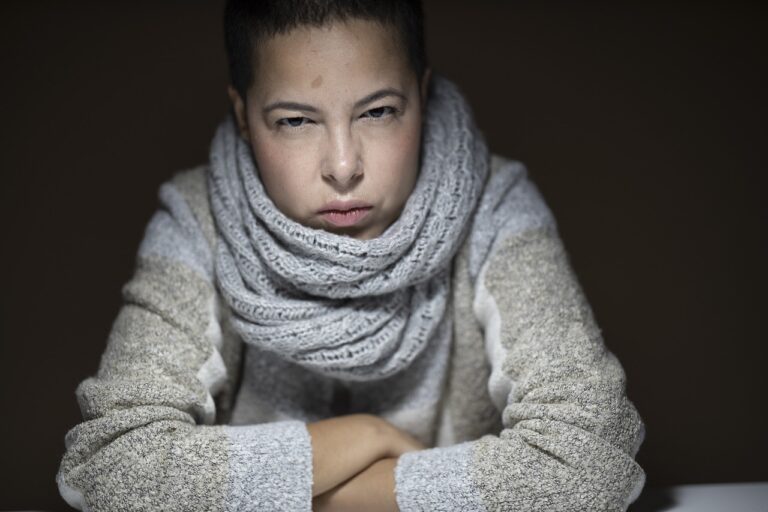The Influence of Social Media on Fashion: From Instagram to TikTok
In recent years, influencer marketing has become a dominant force in the fashion industry. Brands are increasingly turning to social media personalities with large followings to promote their products. These influencers have the power to shape consumer preferences and drive sales through their authentic, relatable content.
Unlike traditional advertising, influencer marketing allows brands to reach a highly targeted audience based on the influencer’s niche and demographic. This personalized approach has proven to be effective in connecting with consumers on a more personal level. By partnering with influencers, fashion brands are not only able to increase brand awareness but also foster a sense of trust and credibility among their audience.
The Role of Hashtags in Trend Forecasting
Hashtags have become a fundamental tool in predicting and analyzing fashion trends in the digital age. By tracking the popularity and frequency of specific hashtags across social media platforms like Instagram and Twitter, fashion experts and researchers can gain valuable insights into emerging styles, colors, and patterns. This real-time data allows trend forecasters to stay ahead of the curve and anticipate what will be popular in the upcoming seasons.
In addition to monitoring the use of hashtags related to specific brands or designers, fashion analysts also pay close attention to trending hashtags that reflect broader cultural movements and societal shifts. For example, hashtags like #sustainablefashion and #bodypositivity have gained traction in recent years, indicating a growing consumer interest in ethical and inclusive fashion practices. By analyzing these trends, fashion forecasters can better understand the values and preferences of their target audience, helping them make more informed predictions about future trends in the industry.
– Hashtags provide valuable insights into emerging styles, colors, and patterns
– Tracking popularity and frequency of hashtags helps forecasters stay ahead of the curve
– Trend analysts monitor both brand-specific hashtags and broader cultural movements
– Hashtags like #sustainablefashion and #bodypositivity reflect growing consumer interests
– Analyzing trends helps forecasters understand target audience values and preferences
The Impact of Viral Challenges on Fashion Trends
In the fast-paced world of fashion, viral challenges have emerged as a powerful force shaping trends. Social media platforms like TikTok and Instagram have become hotbeds for creating and spreading these challenges within the fashion community. From dance challenges to styling prompts, these viral trends have the ability to catapult certain styles, brands, or aesthetics into the spotlight almost overnight.
These challenges not only influence what people wear, but also how they engage with fashion. By participating in viral challenges, individuals are not just passive consumers of trends, but active creators who contribute to the ever-evolving landscape of fashion. As a result, the impact of these challenges on fashion trends is undeniable, as they have the potential to shape the collective sartorial consciousness in a way that traditional marketing strategies may struggle to achieve.
How has influencer marketing changed the fashion industry?
Influencer marketing has become a powerful tool in promoting fashion trends, with influencers showcasing new styles to their followers and influencing their purchasing decisions.
How do hashtags play a role in forecasting fashion trends?
Hashtags allow for easy tracking of trends on social media platforms, helping fashion analysts and designers to identify popular styles and predict upcoming trends.
What impact do viral challenges have on fashion trends?
Viral challenges can quickly popularize a particular style or trend, as seen with the success of challenges like the “Ice Bucket Challenge” or the “Mannequin Challenge” in influencing fashion choices.







